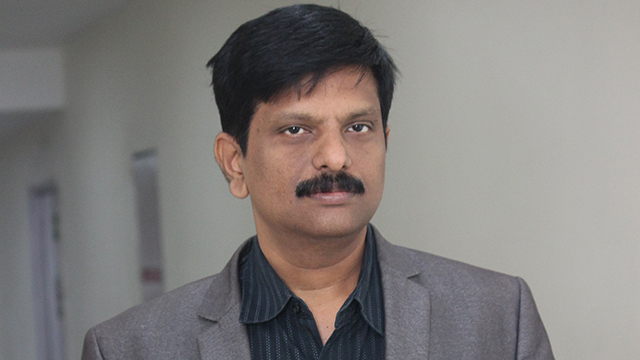By : Mr. Muthukumaran Sambasivam, Regional Director for South India , Srilanka & Maldives at Poly
The pandemic has not only disrupted our day to day lives but has also significantly changed the way that the government leverages technology to interact with its citizens and conduct day-to-day operations.
The adoption of collaboration solutions, especially video conferencing technology has never been higher in the government sector. From our Esteemed Prime Minister to the police and justice departments in our country, many are turning to collaboration tools like video conferencing to operate in the new normal.
Collaboration technology is not only enabling communication during this stressful period where social distancing is the norm, but it is also helping improve governance in India.
Collaboration technology is encouraging equity of access and powering a ‘Digital India’–
India is a large and diverse country and majority of the citizens live in rural India. One of the biggest challenges for the government has been to ensure quality services and equity of access irrespective of the location of the citizen – this proved to be a huge roadblock, especially in the initial days of the pandemic as it was important for the government to educate citizens in rural India about the do’s and don’ts during the pandemic to ensure their safety.
To combat the current pandemic successfully, human connection is vital—between government and citizens or across teams, departments and agencies. Collaboration technology, especially video and audio conferencing, has helped the government address this challenge and has changed the way that our government department delivers citizen services.
For instance,
1. Healthcare sector– The healthcare system is overloaded trying to battle the pandemic. To deal with this strain on the healthcare workers and ensure safety, hospitals are turning to collaboration technology like video conferencing and encouraging patients who have mild symptoms or require routine checkup to try a virtual service first, rather than coming into the hospital where they might further risk infecting themselves/others. Technologies like video conferencing is not only protecting the safety of patients and healthcare workers but is also enabling hospitals to connect with patients in rural India who otherwise do not have access to quality healthcare services and specialists.
By investing in collaboration tools, hospitals are –
- Improving patient consultations. HD video conferencing and audio solutions give doctors and patients a collaborative, in-person experience, no matter their location.
- Continuing medical education. Real-time video collaboration offers medical professionals the opportunity to learn about new diagnostic techniques and medical research from experts anywhere in the world, driving up standards in patient care.
- Enabling global collaboration. Face-to-face video allows physicians and healthcare specialists to consult with peers and experts from across the world, to gain access to the skills and experience they need to drive up standards in diagnosis and care.
2. Government Agencies – India is very large and diverse. To function efficiently, it is important that administrators communicate and collaborate on a regular basis. For instance, ever since the COVID-19 outbreak in India, our esteemed Prime Minister, Shri Narendra Modi has been regularly using video conferencing to connect with Chief Ministers and government bureaucrats across the nation – this helps them in making timely, efficient decisions.
3. The police and justice departments – Conducting legal and justice proceedings has become increasingly more difficult with Covid-19 cases rampant globally. The process of having a court appearance or a lengthier trial has now become a logistics nightmare for many municipalities and court systems. Whether it is transporting prisoners or open courtroom discussions, normal day to day procedures now come with safety risks that courts must face head-on.
By using collaboration technology, these departments are providing safe, productive environment while keeping the wheels of justice moving.
4. Education – To keep up with closure of schools and universities during the pandemic, educators are rethinking traditional teaching methods and are adapting to the way that students learn best- i.e. through interactive learning; Universities and schools all over India are currently conducting online classes to keep its students engaged. By leveraging collaboration technology, schools and universities are breaking down the walls of the classroom and essentially moving the classroom and the educator’s office to wherever there is internet and webcam access.
The rise in remote education system is also helping students in rural India have access to quality education.
Secure, private, and reliable communication between the government and its citizens is required more now than ever.
Challenges are aplenty, and the government is having to navigate its way through the new normal.
With Poly’s solutions, government agencies can continue to work remotely while physically apart without skipping a beat.
Together, we can get through this and utilize technology to not only communicate but also bridge the urban-rural divide in India and create a truly ‘Digital India’.



